



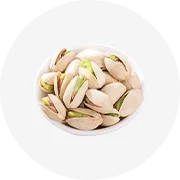

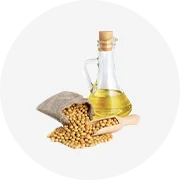
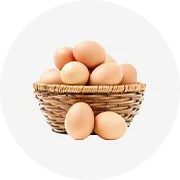
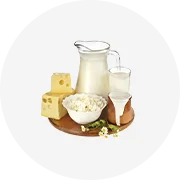
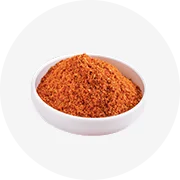
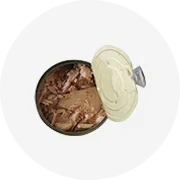
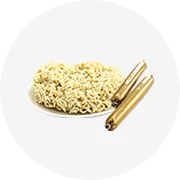

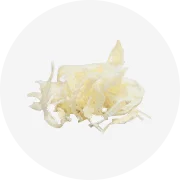


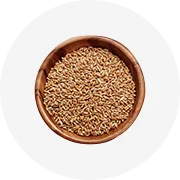
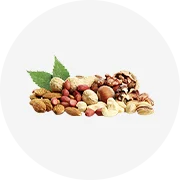

Corn syrup, a staple in the food industry, is a versatile sweetener derived from the starch of maize. Its unique properties make it a common ingredient in various culinary applications. This glucose-rich syrup is not only a sweetening agent but also contributes to the texture and volume of food products.
There are several types of corn syrup, including light corn syrup, which is clear and mildly sweet, and high fructose corn syrup (HFCS), which contains a higher level of fructose. HFCS high fructose corn syrup is often used in beverages and processed foods due to its enhanced sweetness. The versatility of corn syrup extends to its use as a corn sweetener in baked goods, confectionery, and as a moisture-retainer in meats.
Corn syrup is characterized by its hygroscopic nature, meaning it attracts and holds water, thereby maintaining moisture in foods. This syrup is primarily composed of glucose, with varying levels of maltose and higher sugars, depending on the grade. High fruit corn syrup and hfcs fructose variants are specially processed to contain higher fructose content, offering different sweetness profiles.
The use of corn syrup in food preparation offers several benefits. It can prevent crystallization in candies, contribute to the fermentation process in bread-making, and enhance the flavor profile of sauces and beverages. Unlike some sweeteners, corn syrup does not overpower with sweetness, allowing other flavors to shine through. Additionally, starch syrup, a form of corn syrup, is often used in creating glossy and smooth textures in culinary presentations.
While corn syrup is a valuable ingredient, it is essential to understand its use in food. Concerns about sweeteners like hfcs and their health implications have led to careful consideration of their role in diets. It is crucial to balance the use of corn syrup with other nutritional aspects of food preparation. When replacing corn syrup in recipes, alternatives must be chosen carefully to maintain the desired outcome.
Corn syrup serves as a multifunctional ingredient in the food industry, offering both sweetness and technical benefits. Its application ranges from preserving the quality of food to enhancing its taste and appearance. While it is a subject of debate regarding health, its role in culinary arts remains significant. As with all ingredients, moderation and informed use are key to maximizing the benefits of corn syrup in food production.